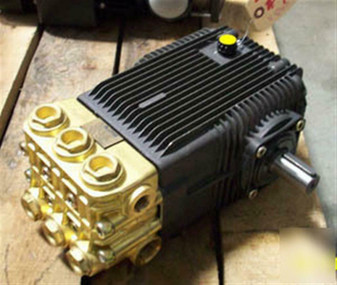Product Description
How much Gold do CPU's & Computer Chips have in them?
During the 1990's some early versions of the Intel Pentium Processor, Intel Pentium Pro Processor, and many DEC Alpha (and similar RISC CPU's) had large gold-plated caps, connector pins, and internally had solid gold wiring making them good candidates for gold recovery.
Up to around 1998, very fine solid gold wiring was used in wire bonding the computer chip (die) to the substrate packaging. Gold wire used in Integrated circuit packaging were typically 99.9% pure gold. All other components (caps, lids, pins & pads) were only gold-plated. Some manufactures have also used aluminum or copper wiring in the past in place of solid gold wiring to cut material costs.
The Intel Pentium Pro Processor has one of the highest gold contents of any mainstream CPU package from the 1990's to date due to it's much larger package size contributing to a an increased number of gold plated pins and much larger gold plated cap. The Pentium Pro also had two separate chips inside so this doubled the amount of solid gold wire bonding that is usually found in a single chip CPU. Gold refining yields of the Pentium Pro have been reported to be as high as around one gram per CPU.
List of Ceramic CPU's that have the Highest Gold Content
- Intel 186 / 286 / 386 / 486 / Pentium / Pentium Pro / i860 / i960
- Cyrix 486 / 586 / MII
- IBM 486 / 586 / 686
- Motorola 68000 / 88000 series
- NEC & Toshiba MIPS series: R4000 / R8000 / R10000 / R12000
- AMD 286 / 386 / 486 / K5 / 29000 series
- IDT Winchip C6 / 2A
- DEC Alpha
- HP PA-7000 & PA-8000 RISC series
- SUN SPARC / UltraSPARC / SuperSPARC RISC series









